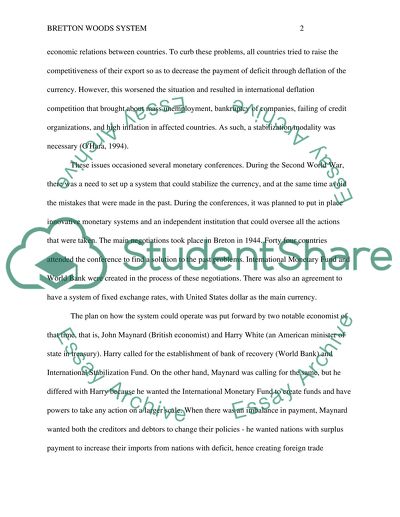Cite this document
(“The Rise of the Global Economy following WWII Research Paper”, n.d.)
The Rise of the Global Economy following WWII Research Paper. Retrieved from https://studentshare.org/macro-microeconomics/1447382-the-rise-of-the-global-economy-following-wwii
The Rise of the Global Economy following WWII Research Paper. Retrieved from https://studentshare.org/macro-microeconomics/1447382-the-rise-of-the-global-economy-following-wwii
(The Rise of the Global Economy Following WWII Research Paper)
The Rise of the Global Economy Following WWII Research Paper. https://studentshare.org/macro-microeconomics/1447382-the-rise-of-the-global-economy-following-wwii.
The Rise of the Global Economy Following WWII Research Paper. https://studentshare.org/macro-microeconomics/1447382-the-rise-of-the-global-economy-following-wwii.
“The Rise of the Global Economy Following WWII Research Paper”, n.d. https://studentshare.org/macro-microeconomics/1447382-the-rise-of-the-global-economy-following-wwii.


